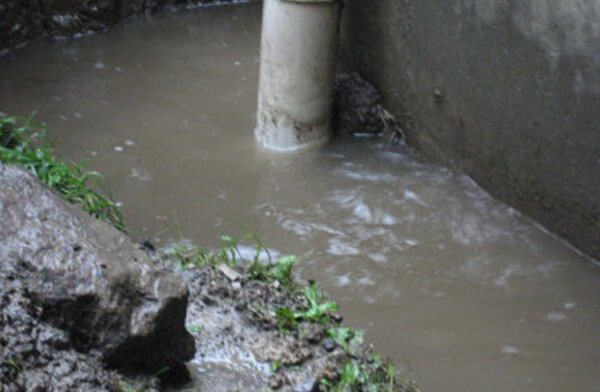6 Ways to Find Hidden Water Leaks in Your House
6 Ways to Find Hidden Water Leaks in Your House
Blog Article
Just about every person will have his or her own idea involving Hacks to detect leaks.
.jpg)
Early detection of leaking water lines can reduce a possible calamity. Some little water leaks might not be visible.
1. Check Out the Water Meter
Every residence has a water meter. Inspecting it is a proven way that aids you discover leaks. For beginners, turn off all the water sources. Make certain no person will certainly purge, make use of the tap, shower, run the washing device or dish washer. From there, go to the meter as well as watch if it will certainly transform. Because no person is using it, there ought to be no motions. If it relocates, that suggests a fast-moving leakage. If you detect no changes, wait an hour or 2 and inspect back once again. This means you may have a slow-moving leakage that might even be below ground.
2. Inspect Water Intake
If you detect abrupt adjustments, despite your usage being the very same, it suggests that you have leaks in your plumbing system. A sudden spike in your costs shows a fast-moving leakage.
On the other hand, a consistent rise every month, even with the very same habits, shows you have a slow leak that's likewise slowly intensifying. Call a plumber to extensively examine your residential property, specifically if you really feel a cozy location on your flooring with piping beneath.
3. Do a Food Coloring Examination
When it comes to water intake, 30% comes from commodes. If the color somehow infiltrates your dish during that time without flushing, there's a leak in between the storage tank and also dish.
4. Asses Outside Lines
Don't fail to remember to examine your outside water lines also. Ought to water permeate out of the connection, you have a loosened rubber gasket. One small leakage can squander loads of water and also spike your water costs.
5. Examine and also Evaluate the Scenario
Homeowners must make it a habit to examine under the sink counters and even inside closets for any bad odor or mold development. These two red flags suggest a leakage so prompt interest is called for. Doing regular evaluations, also bi-annually, can save you from a major trouble.
If you know your house is already old, maintain a careful eye on your heaters, hose pipes, pipelines and so on. Look for stainings and compromising as a lot of appliances and pipes have a life span. They will certainly likewise normally deteriorate due to tear and wear. Don't wait for it to intensify if you presume dripping water lines in your plumbing system. Call an expert plumber right away so you don't end up with an awful mess in your home.
Early detection of dripping water lines can minimize a possible disaster. Some tiny water leakages might not be visible. Inspecting it is a surefire means that aids you find leaks. One tiny leakage can lose lots of water and spike your water costs.
If you suspect dripping water lines in your plumbing system, do not wait for it to escalate.
WARNING SIGNS OF WATER LEAKAGE BEHIND THE WALL
PERSISTENT MUSTY ODORS
As water slowly drips from a leaky pipe inside the wall, flooring and sheetrock stay damp and develop an odor similar to wet cardboard. It generates a musty smell that can help you find hidden leaks.
MOLD IN UNUSUAL AREAS
Mold usually grows in wet areas like kitchens, baths and laundry rooms. If you spot the stuff on walls or baseboards in other rooms of the house, it’s a good indicator of undetected water leaks.
STAINS THAT GROW
When mold thrives around a leaky pipe, it sometimes takes hold on the inside surface of the affected wall. A growing stain on otherwise clean sheetrock is often your sign of a hidden plumbing problem.
PEELING OR BUBBLING WALLPAPER / PAINT
This clue is easy to miss in rooms that don’t get much use. When you see wallpaper separating along seams or paint bubbling or flaking off the wall, blame sheetrock that stays wet because of an undetected leak.
BUCKLED CEILINGS AND STAINED FLOORS
If ceilings or floors in bathrooms, kitchens or laundry areas develop structural problems, don’t rule out constant damp inside the walls. Wet sheetrock can affect adjacent framing, flooring and ceilings.
https://www.servicemasterbyzaba.com/blog/how-to-detect-water-leakage-in-walls/

I came across that content about Leaking water lines when doing a search on the internet. So long as you enjoyed our page plz make sure you remember to share it. Thank you so much for going through it.
Report this page